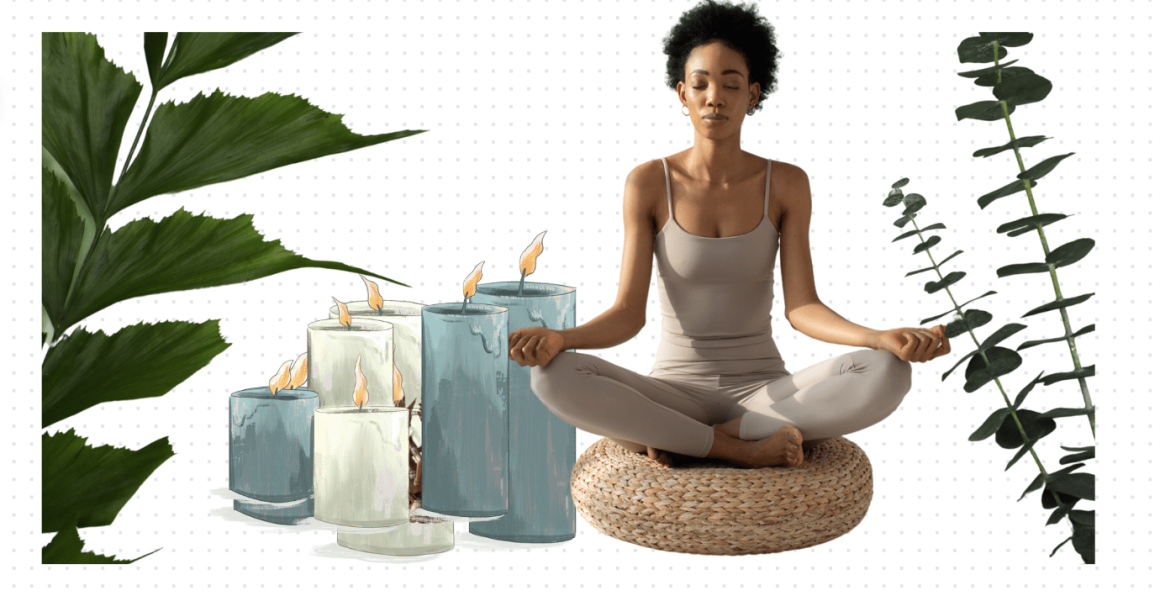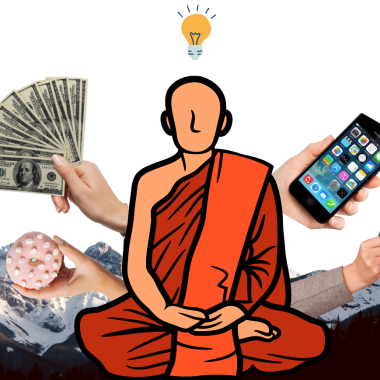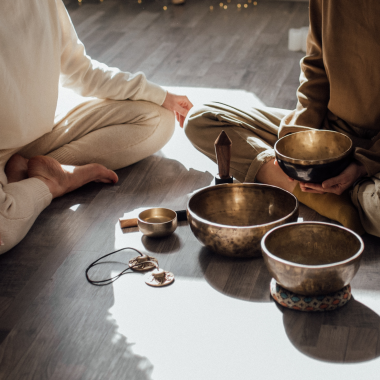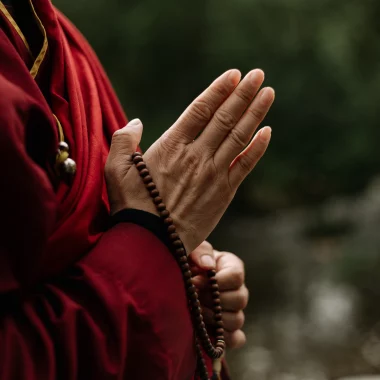written by Julstory editors
Discover the Power of Meditation: A Comprehensive Guide for Beginners
Meditation is a powerful practice with numerous physical, mental, and emotional benefits. With so many different techniques and approaches available, it’s essential to find the method that works best for you.
In this guide, we’ll explore various aspects of meditation, from its importance to the easiest way to meditate for beginners. Let’s begin our journey towards inner peace and self-discovery.
Why Meditate: Uncovering the Importance of Meditation
Why is meditation important? This ancient practice has been used for centuries to promote relaxation, improve focus, and develop self-awareness. Regular meditation can help reduce stress, alleviate anxiety, and enhance overall well-being. By incorporating meditation into your daily routine, you’ll experience positive changes in both your mental and emotional health.
How to Sit for Meditation: Establishing the Perfect Posture
Proper posture is crucial when learning how to sit for meditation. A comfortable, stable position allows you to maintain focus and avoid discomfort during your practice. Here are some guidelines to help you find the right posture:
- Choose a quiet, comfortable space with minimal distractions.
- Sit on a cushion or chair with your back straight and shoulders relaxed.
- Place your hands on your thighs or in your lap.
- Keep your chin slightly tucked and gaze softly downward or close your eyes.
Experiment with different positions to find the one that suits you best, whether it’s sitting cross-legged, kneeling, or using a meditation bench.
Easiest Form of Meditation: Techniques for Beginners
For those new to the practice, finding the easiest form of meditation is key to developing a consistent routine. Here are three simple techniques to get started:
- Breath Awareness: Focus on your natural breathing pattern, observing the rise and fall of your chest or the sensation of air entering and leaving your nostrils. If your mind wanders, gently bring your attention back to your breath.
- Body Scan: Starting at the top of your head and moving down to your toes, bring awareness to each body part, releasing tension and relaxing as you go.
- Loving-Kindness Meditation: Silently repeat positive phrases, such as “May I be happy, may I be healthy, may I be safe,” and extend these wishes to others, including loved ones, acquaintances, and even those you find challenging.
Experiment with these methods to discover which resonates with you.
How Long to Meditate: Determining the Ideal Duration
How long to meditate depends on your personal preferences and schedule. For beginners, starting with just 5-10 minutes per session can be beneficial. As you become more comfortable with the practice, you can gradually increase the duration to 20-30 minutes or longer.
When is the Best Time to Meditate: Choosing the Right Moment
When is the best time to meditate varies from person to person. Some individuals prefer meditating in the morning to set a positive tone for the day, while others find evening sessions help them unwind and relax before bed. Ultimately, the best time for meditation is when you can consistently practice with minimal distractions.
How to Meditate in Bed: Finding Relaxation Before Sleep
If you’re interested in how to meditate in bed, follow these simple steps for a calming pre-sleep routine:
- Lie down comfortably, with a pillow supporting your head and a light blanket covering your body.
- Close your eyes and take a few deep breaths, focusing on the sensation of your breath.
- Perform a body scan, starting at your feet and gradually moving up to your head, releasing tension from each body part.
- If your mind wanders, gently return your focus to the body scan or your breath.
Practicing meditation in bed can help you relax and prepare for a restful night’s sleep.
How to Meditate for Anxiety: Techniques to Calm the Mind
How to meditate for anxiety is a common question for those seeking relief from stress and worry. Here are three techniques designed to help you find inner peace and alleviate anxiety:
- Mindfulness Meditation: Pay attention to your thoughts and emotions without judgment, allowing them to come and go like clouds in the sky. This practice helps you develop a greater sense of self-awareness and learn to respond to anxiety-provoking situations more effectively.
- Progressive Muscle Relaxation: Tense and relax different muscle groups in your body, starting with your feet and working your way up to your face. This method promotes physical relaxation and helps you become more aware of tension in your body.
- Guided Imagery: Visualize a peaceful, calming scene, such as a beach or a forest, immersing yourself in the sights, sounds, and sensations of the environment. This technique can help shift your focus away from anxiety and promote a sense of serenity.
Experiment with these methods to find the one that works best for you in managing anxiety.
Where to Focus While Meditating: Directing Your Attention
Where to focus while meditating can be different for each individual and technique. Some common focal points include:
- Your breath: Observe the sensation of inhaling and exhaling, feeling the air move in and out of your nostrils or the rise and fall of your chest.
- A mantra or affirmation: Silently repeat a word or phrase that holds personal meaning or helps you maintain focus.
- A physical sensation: Bring awareness to a specific part of your body or the overall sensation of relaxation.
- A visual object: Gently focus your gaze on a candle flame, a flower, or another calming object.
The key is to find a focal point that allows you to maintain concentration and remain present during your meditation practice.
Is Yoga Meditation: Understanding the Connection
Is yoga meditation? While yoga and meditation are distinct practices, they share a close relationship. Both aim to cultivate self-awareness, inner peace, and mind-body harmony. Many yoga styles, such as Hatha and Kundalini, incorporate meditation and breathwork elements to enhance the overall experience. Practicing yoga can also serve as a moving meditation, allowing you to develop mindfulness and concentration as you flow through various poses.
In Conclusion: Embracing the Power of Meditation
Meditation is a transformative practice that can benefit individuals from all walks of life. By exploring various techniques and approaches, you can find the method that resonates with you and positively impacts your well-being. Whether you’re seeking stress relief, improved focus, or emotional healing, meditation can offer a path to self-discovery, inner peace, and lasting personal growth. Embrace the journey and experience the profound benefits of meditation for yourself.








